The original Dodge Charger was a midsized two-door based on the Coronet; the iconic version was the 1968 Charger, a beautiful, swoopy design unveiled to critical acclaim. For 1975, it suddenly switched to a squared-off “formal” look. People rejected the new model as a Charger—“We failed so badly that we ended up renaming the car.” Later, they applied the Charger name to a two-door version of the Dodge Omni. That car was performance focused, but was quite far from the original Chargers except when turbo-powered.
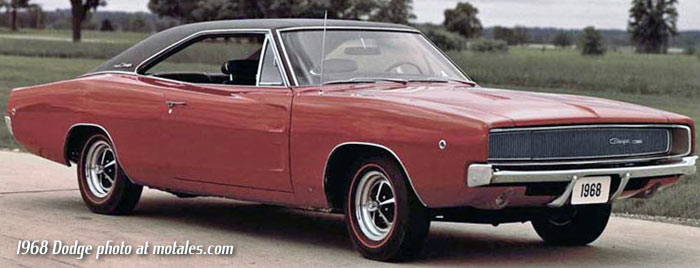
The first V8-powered and/or rear wheel drive cars out of Chrysler or Dodge since 1989 were the LX-platform 2004 Dodge Magnum wagon and Chrysler 300/300C sedan. They differed only in form (sedan vs wagon), suspension tuning, and styling.
Many people demanded a Dodge sedan and two-door to go with the Hemi V8 engine and rear wheel drive. In (model-year) 2006, they got their sedan, the “all-new” Dodge Charger. In 2008, those demanding a two-door Charger got one, with a different name: the Dodge Challenger.
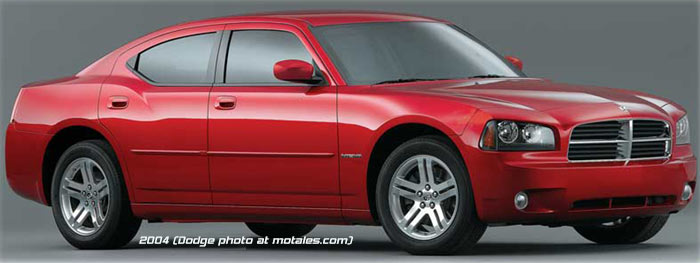
While it is commonly cited as being on a “Mercedes platform,” the LX platform was quite new, and shared no parts. The Charger had a short and long arm multilink front suspension and a five-link independent rear suspension; the front suspension was modified from the LH, the rear suspension was modified from Mercedes’ design but shared no parts. Chargers had several different levels of tuning, including the Performance Handling Group optional on the Charger R/T, which included firmer suspension damping, tighter steering, and a wider wheel and tire package.
For the first year, there were three trim levels. The SE used the 3.5 liter V6 engine from the outgoing Intrepid R/T and Chrysler 300M; it produced 250 horsepower and 250 lb-ft of torque, pushed out through a 5-speed Mercedes automatic transmission which was tighter and more efficient than the old Chrysler four-speed automatic. The Charger was a bit on the heavy side, partly because DaimlerChrysler demanded five-star safety ratings; so the engine which had made the 300M and Intrepid R/T seem so swift now felt a bit slow and ponderous in the Charger. The car was also tuned to feel heavy and substantial (which is why the window openings were relatively small), to promote the idea that it was safer.
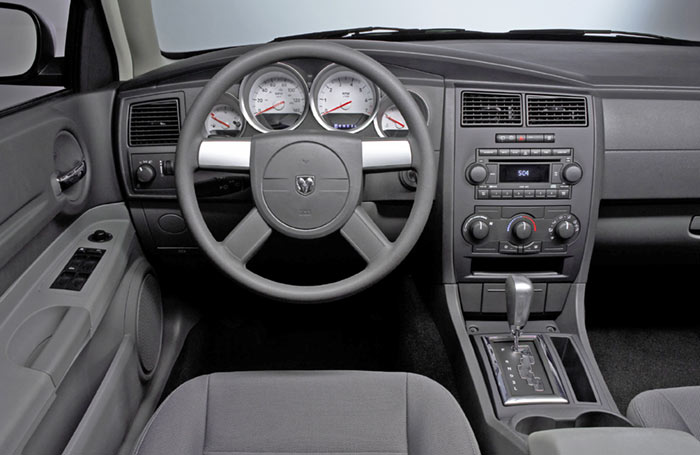
The interiors were drab and cheap-looking, in contrast to the exciting exteriors, with a predominance of gray plastic and a “chunky” look which would not be fully addressed until the 2011 model year. The gauge clusters were fairly sporty, with four black-on-white circular gauges; the buttom part of each gauge was blackened and home to various warnnig lights, the odometer, and the gear indicator.
The SXT did not help with power, but it did add aluminum wheels, a power driver’s seat, fog lights, higher-quality sound system, and heated exterior mirrors. For more power—quite a bit more—buyers had to opt for the Charger R/T, which brought the 5.7L Hemi V8 engine (340 horsepower and 390 lb-ft of torque), dual exhaust, leather seats and steering wheel, and a Boston Acoustics sound system. That was not really enough for the Charger name or looks, but a solution was on the way.
The late-2006 Charger Daytona R/T, selling for $2,500 over the R/T, continued Dodge’s odd tradition of making completely different Daytonas. The original Charger Daytona was a 200 mph supercar with a choice of 440 V8 or 426 “Hemi” V8; it was vastly different in look and feel not just from the 2006, but also from the regular 1969 Charger. A few years later, the company made a Charger Daytona based on the Chrysler Cordoba, a paint-and-option package with a tame V8. The 2006 Charger Daytona had the R/T’s Hemi but with ten horsepower more, a chin spoiler, revised grille, special decals and badges, and an orange engine cover. Buyers could specify new high-impact colors including Go ManGo and Top Banana Yellow. Zero to sixty was measured by at least one outlet as being 6.6 seconds, which was impressive for the time, but not the best Dodge could do.
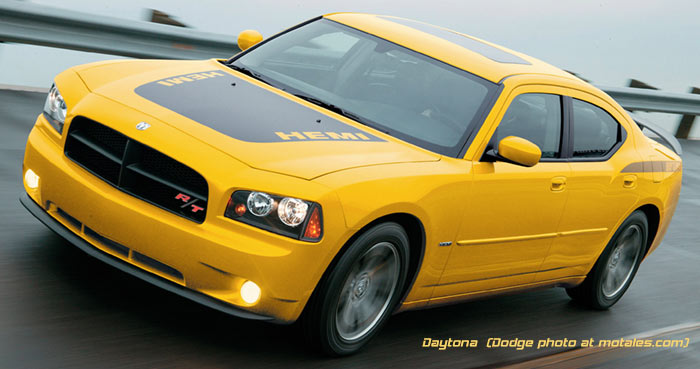
The 2006 Dodge Charger SRT had the engine one would expect in the Daytona—a 6.1L Hemi V8 with 425 horsepower and 420 lb-ft which easily outpowered the famed 426 Hemi’s rated output. The 426 Hemi had to be frequently retuned to stay at peak power, to avoid debacles such as Car Life running a 1968 Dodge Charger Hemi to a mere 7.6 second 0-60 time (beaten by the lesser 2006 Charger Daytona, and Car Life’s 6.3-second time with a 1968 Dart GTS 340. The 6.6 second time run by the 2006 Charger Daytona was matched by Car Life’s 440-powered Coronet R/T.)
Both V8 options were impressive for their time; the 5.7 Hemi delivered reasonable fuel economy thanks partly to its cylinder deactivation system, which was highly reliable and unobtrusive for those using the correct oil (police departments reported issues when it was new, and in most cases it turned out their maintenance people had used 10W30 oil rather than the prescribed weight). The 6.1 never had cylinder deactivation.
| Net Figures | 3.5 V6 | 5.7 Hemi | 6.1 SRT Hemi | 426 Hemi |
|---|---|---|---|---|
| Horsepower | 250 | 340-350 | 425 | 350 |
| Torque | 250 | 390 | 420 | 390 |
We know there is a rumor that the 1971 426 Hemi produced 425 hp, and it did—by gross measurements. This engine was especially impacted by the switch to net power measurements, dropping 100 pound-feet and 75 horsepower from published ratings. We checked these figures and found them to be the same in corporate press releases, Dodge brochures, and Plymouth brochures.
The 2006 Dodge Charger SRT8 could run from 0-60 MPH in around 5 seconds; that kind of power required retuned dampers, bushings, anti-sway bars, spring rates, a lower ride height, and stability control programming. It had standard Goodyear Supercar F1 tires, withi Brembo brake calipers and upgraded axles and differentials. The SRT8 also had power front seats, unique design elements including the front grille and fascia, and heated leather and suede seats.
Police got their own versions of the Charger, a pursuit rated car that dominated Michigan State Police performance testing.
In the middle of the 2007 model year, Dodge dropped the SE’s engine from the 3.5 to the little 2.7L V6, a 60-hp drop (to 190 horsepower) in a two-ton sedan. People were not really supposed to buy the SE; it was there to advertise a low starting price, hooking in customers who could be up-sold. The 2.7 made the SE just a little less attractive to buyers, though maybe more attractive to fleet operators.
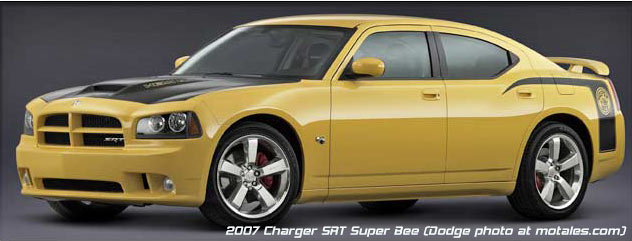
The Dodge Charger Super Bee was an option package on the hot 6.1 liter SRT.
For 2007, the Charger SXT and R/T gained optional AWD and had a new optional navigation system with Sirius satellite radio support. Because Chrysler had left Mercedes, the 2008 Charger SRT8 was upgraded with HID headlights and new wheel designs; and the entire lineup had an updated interior with better materials and some dressing up with chrome or carbon fiber accents.
The 2009 Charger brought updated taillights and interior LED accent lighting for the SXT and R/T. A Super Bee special edition had orange paint and interior accents, a nicer radio, new wheels, and other unique features. The most important update was an updated 5.7 Hemi V8, now boasting 370 horsepower and 398 lb-ft of torque. All wheel drive models gained automatic front axle disconnect to increase gas mileage.
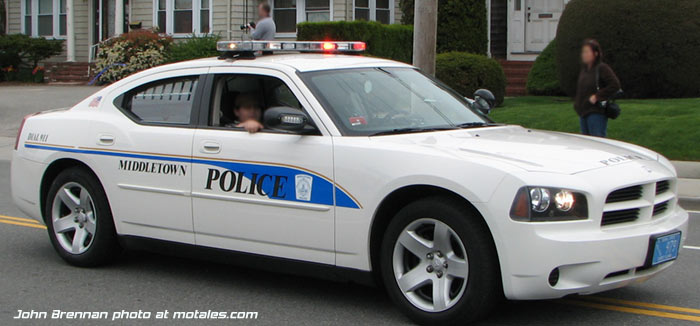
The 2010 Charger had standard side airbags; the SE had a revised grille design. Body-colored cladding on the sills was standardized. The Charger Rallye replaced the SXT, adding a rear sway bar and spoiler and optional new 20” wheels.
The Charger’s seventh generation brought many changes, quite a few of which corrected Daimler mandates. The one which most affected the feel of the car was a retuned front suspension, with new springs and struts, which reduced Mercedes’ heavy feel and improved steering response. The 2.7 and 3.5 liter engines were both replaced by the 292-horsepower, 3.6 liter “Pentastar” V6, hooked up to the same five-speed; it had better mileage as well as far more power and, Pentastar-to-3.5, a bit more torque.
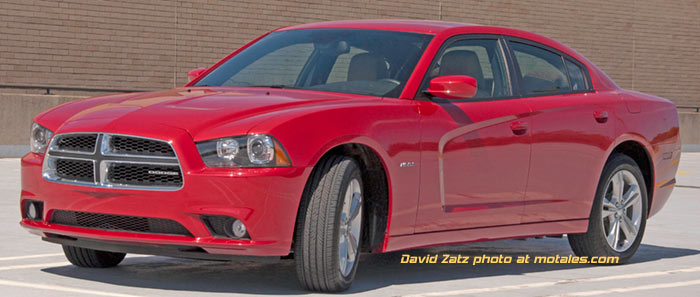
The first-generation styling, criticized by some as crude—especially given a clear line around the front fascia—was streamlined in front; in back, it became more distinctive with Dodge’s now-ubiquitous LED “racetrack” tail lamps, which spanned the width of the rear end. These replaced the old Dodge-Stratus-themed taillights on either side of the trunk lid.
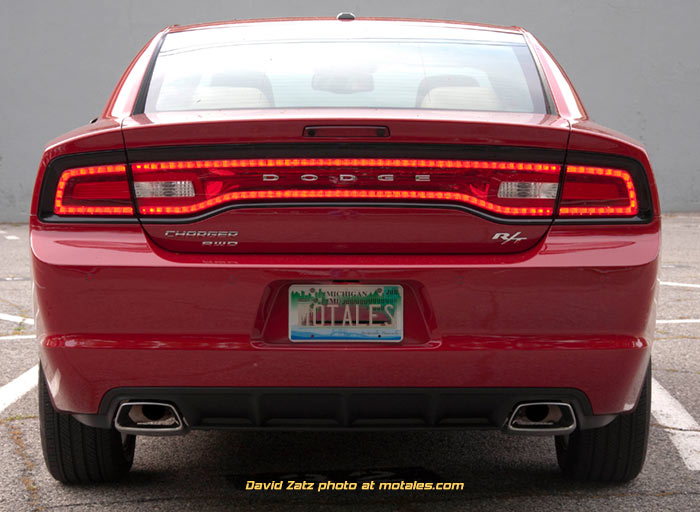
The first UConnect 8.4” touch screen system debuted in these cars, surrounded by better, more precisely placed materials; other updates included more comfortable seats, adaptive cruise control, blind-spot monitoring, rear cross path alert, forward collision warning, and a back-up camera. The gauge cluster was inspired by the racetrack tail-lamps. Noise was slashed by extra sound deadening foam, triple-sealed doors, acoustic wheel liners, and an acoustic windshield.
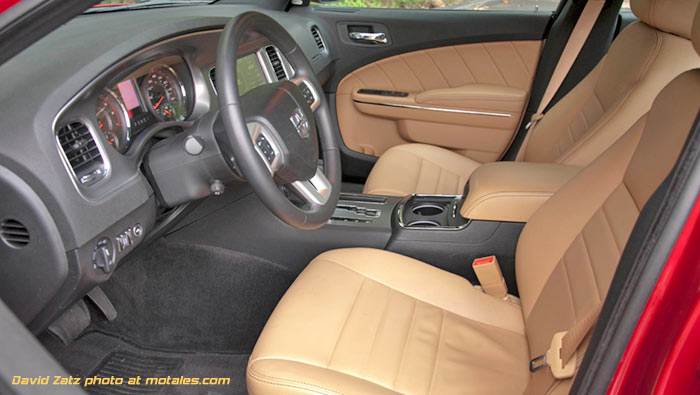
Some were dismayed that the SRT8 did not make it into this new generation. That feeling would quickly change.
The 2012 Dodge Charger SRT8 debuted a brand new engine: the 6.4 liter Hemi V8, displacing 392 cubic inches—a number deliberately chosen to match the biggest first-gen Hemi V8. Producing a whopping 470 horsepower and 470 lb-ft of torque, it actually got better mileage than the old 6.1, thanks to cylinder deactivation.

The average buyer either got the 5.7 Hemi or the V6 introduced in 2011. That V6 produced a hefty 292 horsepower, which was quite respectable—but it didn’t feel much faster. In 2012, that changed: Chrysler started buying eight-speed automatics from ZF, and started building their own as well.
The only downside to the eight-speed automatic (other than its higher cost) was the “monostable” shifter. Oddly designed with a chip in the handle, which was programmed with the vehicle VIN for no clear reason, the ZF-supplied shifter provided little driver feedback; whenever it was moved, it sprang back to the same place. Going between Drive and Reverse quickly was possible, but not easy. Few liked the new design, and some called it dangerous until Chrysler added software which put the car into Park when the door was opened; then people called it annoying.
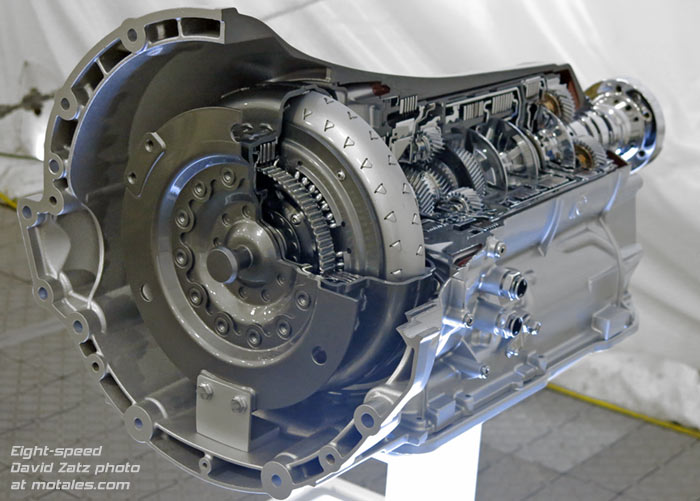
In any case, the 2012 Dodge Charger SXT, with its much lower first gear and much higher top gear than the Mercedes five-speeds, woke up the “Pentastar” V6, giving it 0-60 times within a tenth of a second of the original Dodge Charger Daytona. With the added efficiency and responsiveness of the eight-speed, Dodge was able to make the all wheel drive package available with the V6 as well as the V8. (The V8 would not get the new transmission until Chrysler and ZF both increased their production.)
The new 2012 Dodge Charger Super Bee was a sort of discount SRT, dropping the luxury gear and just bringing over the performance equipment, including the 6.4 liter engine, making it a sort of modern-day 1969 Plymouth Road Runner—all the performance at a lower price.
2013 brought the new Rallye and Blacktop packages and an optional black-painted roof—which was not standard on the Blacktop! There was also a minor trim level shuffle, and the Charger Daytona came back, still with the 5.7 engine.
The 2015 refresh mostly took place in the electronics architecture, but also included changing out every visible bit of stamped metal other than the roof and rear doors. The side sculpting was softer, and the “racetrack” tail lights were softened with light tubes. The big grille and downturned headlights were swapped for a more sophisticated, integrated grille and headlight design which brought out C-shaped LED running lights in the headlamps.
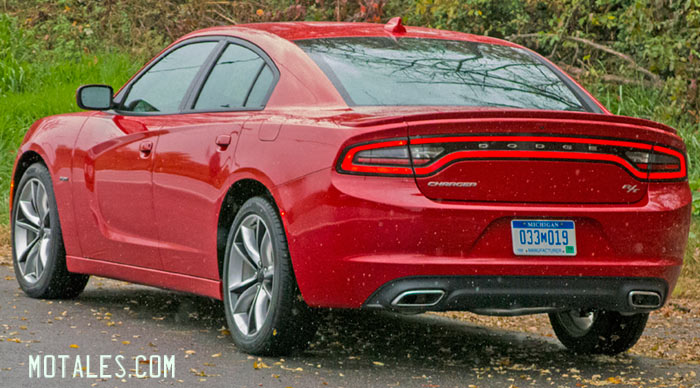
The new electronics architecture brought a new UConnect 4 stereo with advanced cellular capabilities—sadly through 3G service, which would hurt when 3G was dropped in 2022—and more sadly, with severe flaws that included processing inputs ever-more-slowly as time went on, resulting in up to a two minute delay in turning the volume knob and having the volume change. This would be fixed in software, but it would take a long, long time for owners who had to put up with lagging stereos.
The R/T had a prominent black section underneath the main upper grille for a more aggressive appearance. The Super Bee was replaced by the Scat Pack for 2015; it shared a new fascia with the SRT.
At least, the five-speed was dropped from all but the police cars; the eight-speed was now standard on every car. All wheel drive was only packaged with the V6, except for police cars.
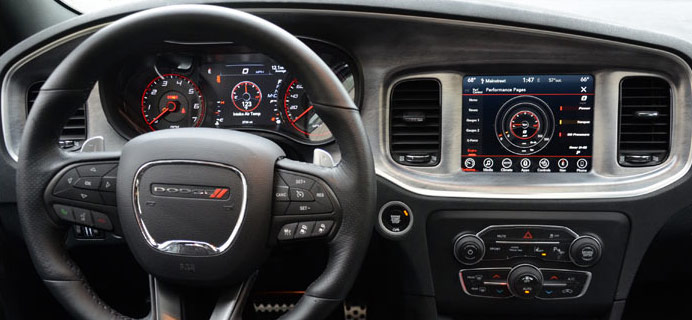
Other changes for 2015 included a standard 7” gauge cluster display and new seat materials and colors, though the overall interior design remained largely the same. A new shifter replaced the universally hated “monostable” design in the 2011-14 Chargers and Chrysler 300s. All-electric power steering replaced the partly-electric system in the prior generation, saving weight and removing the need for steering fluid; and new aluminum axles cut weight and increased efficiency. Performance Pages, showing a wide range of performance data and allowing the driver to choose certain settings, were added.
Finally, the Charger gained lane departure warning and adaptive cruise control system with stop and go support.
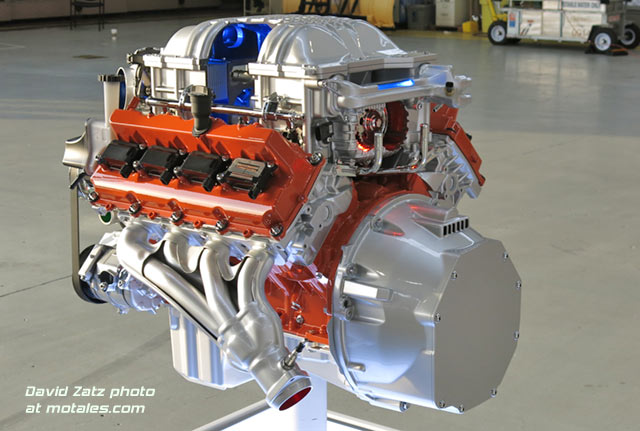
For non-Charger-buyers, the real news for 2015 was the stunning new SRT Hellcat series. Using a supercharged 6.2 liter engine, rated at 707 horsepower and 650 pound-feet of torque, the Charger Hellcat could run up to 204 mph—beating, at least, the 1969 Charger Daytona. The Hellcat was a surprise to most people, despite rumors at Allpar and other sites long in advance, predicting 700 horspower. One reason is that most rumors were overblown; the 6.4 was rumored as having 525 horsepower, for example, and came out at 475 (later, 485). The Hellcat came out at the rumored level—nearly as much as the 6.4 Hemi plus a Pentastar V6.

The only transmission on the Hellcat was the eight-speed automatic. It had a revised front fascia, using the fog light holes to provide space for extra air intakes. Adaptive cruise control was not possible because the sensor module’s space was needed for airflow. Unlike most competing cars, the Hellcat kept up its power when raced for a long time—after Mustangs, Camaros, and Corvettes started cutting power due to extra heat. We’ll have a separate page for these unique cars later.
The big problem with the 2015 generation was the UConnect system, the first released with numerous bugs and flaws; on a long trip it could start freezing and becoming unresponsive or very slow. That might not sound dangerous until you realize that a driver could turn up the volume, not hear a change, and turn it up again, only to be deafened five or ten minutes later—and shutting it off or turning it down had an even longer delay, by then. Eventually, these issues were addressed in firmware upgrades—for people who got them.

For 2016, V6 buyers could get the Super Track Pak option with SRT Performance Pages in the infotainment system, a lowered suspension, retuned engine (305 hp) and transmission, a 3.07 rear axle ratio, and other performance upgrades. This provided a good well-rounded car with performance that could beat many European sports cars and American muscle cars from the 1970s.
A Blacktop package on the SXT and R/T added black wheels, black exterior accents, and dark interior trim pieces, though still making the black-painted roof optional (the roof was painted at a different facility than the rest of the car).
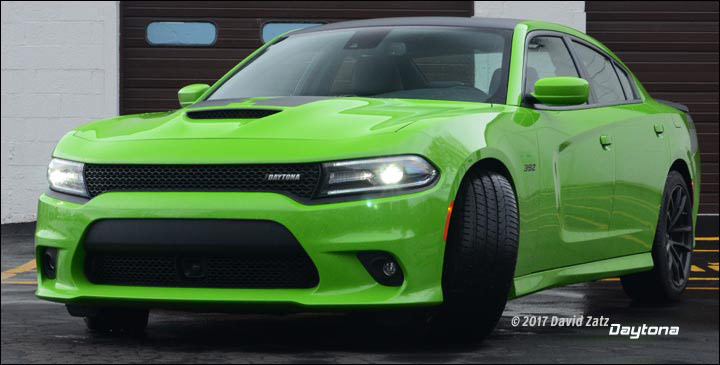
The 2017 models brought the fourth generation UConnect with higher graphics resolution, Apple CarPlay, and Android Auto; the Daytona returned, based on R/T or Scat Pack, and V8s gained an active exhaust setup. Hellcats were updated with new wheels and badges, with lightup steering wheels on all SRTs.
Backup cameras were standard, due to mandates, for 2018; trims were reshuffled to SXT and GT, with Plus versions of both. GT was AWD-only; it came with 300 horsepower engines, 19” wheels, and Dodge Performance Pages. The Super Track Pak now included the Scat Pack/SRT front fascia.
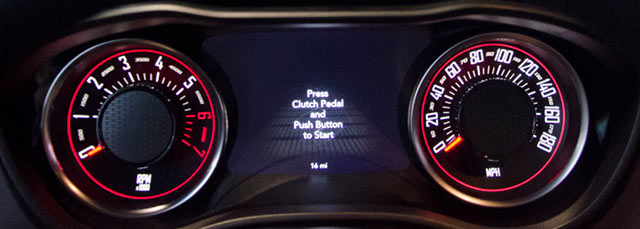
For 2019, AWD was not available with the GT, which got some visible trim from the Scat Pack and SRT versions. GT and R/T updates included Bilstein shock absorbers, more aggressively bolstered seats, and new wheel options; the GT now had a 3.07 axle ratio. The SRT 392 was dropped—all SRTs were Hellcats—and the Scat Pack had more options, including the adaptive suspension. Launch Control and new grilles were included with the Scat Pack and Hellcat; other new Hellcat updates were Torque Reserve, an after-run chiller, and a new matte black hood. Any Charger with leather seats also gained a faux-leather dashboard and door panels with accent stitching.
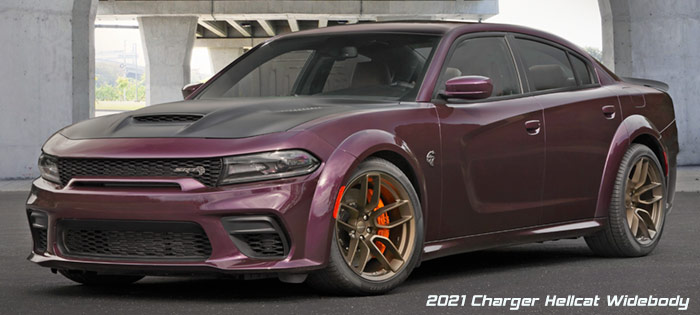
The 2020 Charger got a Widebody option on the Scat Pack; it was standard on the Hellcat. The Widebody setup had new front and rear fascias, side sills, and fender flares that added 3.5 inches of width to make room for 20x11” wheels, as well as a three-mode adaptive suspension. The Hellcat Widebody also had a new rear spoiler and satin chrome badges. In other news, all wheel drive returned to the GT.
The new Daytona 50th Anniversary Edition, a 501-car special edition matching the 1969 Charger Daytona, was based on the Hellcat Widebody, with 717 hp. A new Carbon and Suede package on other Chargers added carbon fiber trim to the dash and Dinamica suede to the headliner, sun visors, and A-pillars. Packages were shuffled and a Satin Black Appearance Package on the Scat Pack and Hellcat included a matte-black, hand-painted hood, roof, trunk lid, and spoiler.
The power theme continued with the 2021 Charger SRT Hellcat Redeye, a new model with 797 horsepower using the Widebody setup; it was 1.2 seconds faster than the Hellcat on a 2.1 mile road course. The power increase was provided by a larger supercharger, stronger rods and pistons, and a high-speed valve train. Horsepower on the other Hellcats took the 2020 Daytona’s 717 horsepower rating.
Police cars, which had stuck with the five-speed automatic (Chrysler had stopped making them but had a large number stored up for this purpose), switched to the eight-speed for 2021. This allowed for a new V6 all wheel drive police pursuit car, using the 850RE automatic, and a V8 rear drive police car with the 8HP70 (the 850RE made by Chrysler and the 8HP70 by ZF). The V6 rear drive and V8 AWD pursuits were dropped at the same time.
The 2022 Dodge Charger had a base V6 on SXT and GT, with or without AWD, going up to 300 hp; a 5.7 Hemi on the R/T, available with manual or automatic, at 370 hp; a 392 V8 with 485 horsepower on the Scat Pack, with manual or automatic; the 717 horsepower SRT Hellcat; and the 797 horsepower SRT Hellcat Redeye. The eight-speed automatic was standard across the board, with the manual transmission optional on selected models. Midyear, the V8 Charger Pursuit was reportedly dropped—it was not officially dropped, but was simply not made. Police could still get a V8 Durango pursuit vehicle. The main change for the year was making a higher grade alarm standard on the 392 and Hellcat models and including itin the Driver Convenience Group for the other Chargers.
For 2023, there were only light changes—and numerous special editions. The 2024-2025 series dropped the Hemi in favor of more-powerful twin-turbo straight six engines and electrical power, but integrated the old Challenger two-door into the mix. See:
Jeep is semi-hiding price cuts
Anything but EVs! Stellantis joins vegetable oil vans project
Stellantis nails narcissism, wins award
Copyright © 2021-2025 Zatz LLC • Chrysler / Mopar car stories and history.
YouTube • Editorial Guidelines • Videos